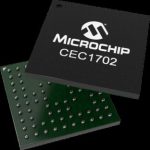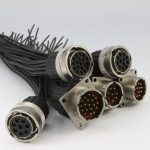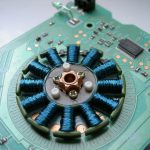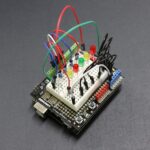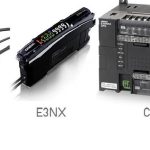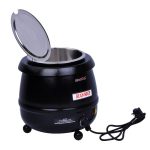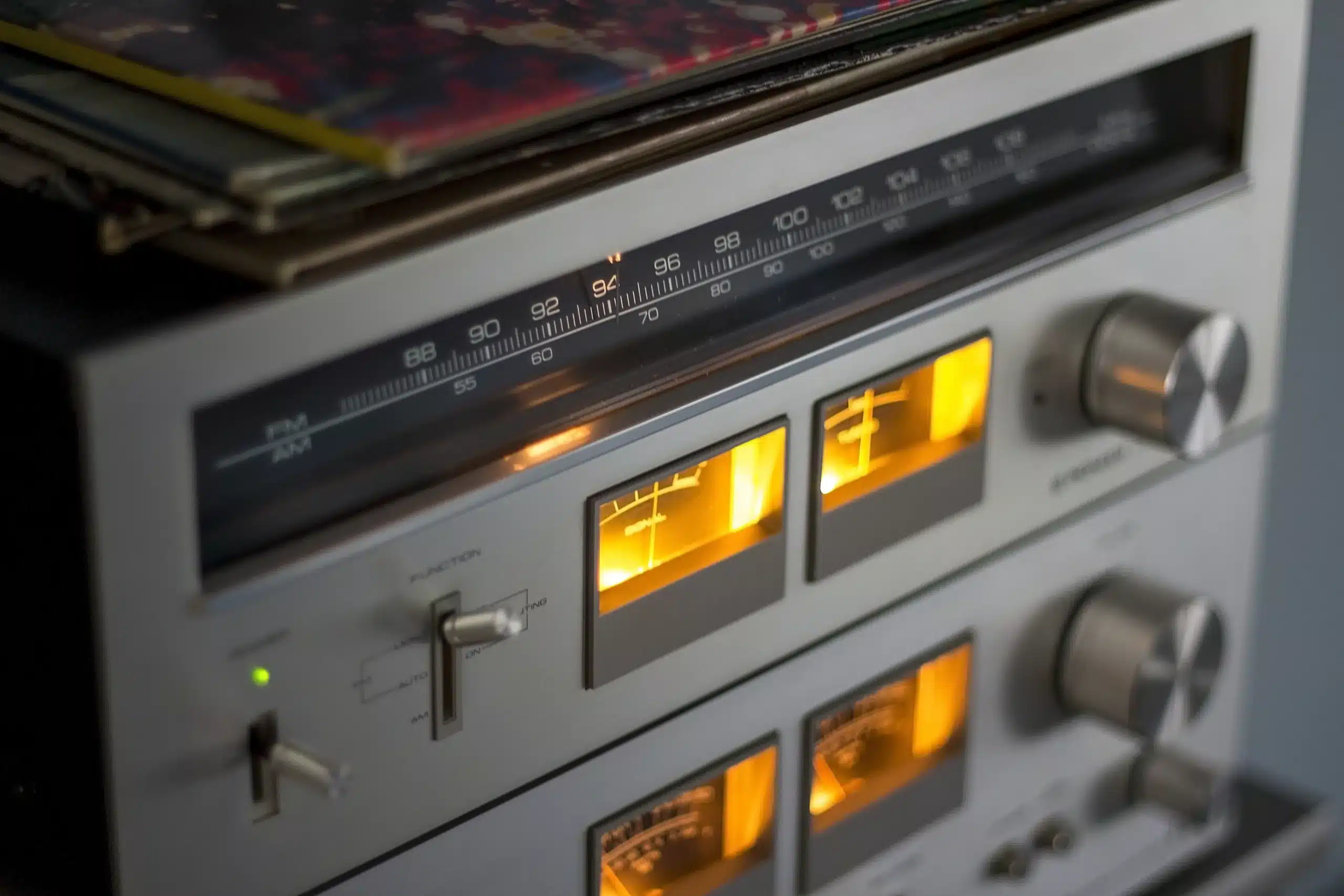
Introduction
Switching regulators are significant in modern electronics for efficiently converting voltage levels to power various devices and systems. For optimum performance of a switching regulator, selecting the correct inductor value is of paramount importance. The inductor acts as a key component in energy storage and transfer within the circuit, affecting overall system performance. This article explores the essential considerations and steps to help you choose the appropriate inductor value for switching regulator selection.
Understanding an Inductor Value: Inductor in Switching Regulators
An inductor is an electronic component designed to store energy in its magnetic field within power electronic circuits. These devices store energy when current flows through them and release it when the current changes. The inductor serves as a central component in switching regulator circuits, either in the form of buck converters or boost converters. In switching regulators, the inductor ensures a continuous energy flow to the load while smoothing out voltage fluctuations.
On the other hand, the inductor’s inductance value measures its ability to store this energy and is typically denoted by the symbol “L,”. In practical terms, the inductor value determines how the inductor interacts with other components within an electrical circuit.
Choosing Inductor Value for Switching Regulator Selection: Crucial Considerations and Steps
Choosing the right inductor value for a switching regulator is vital in designing an efficient and stable power supply circuit. The inductor value affects the regulator’s overall performance, including efficiency, transient response, and output ripple voltage. The following step-by-step guide helps you select the appropriate inductor value for switching regulator:
- Determining Operating Frequency/Switching Frequency
The operating or switching frequency of a switching regulator directly affects the choice of inductor value. Different applications require specific operating frequencies to balance efficiency and size. Higher frequencies often result in smaller and lighter components; however, they increase switching losses. Lower frequencies, on the other hand, can lead to larger and bulkier components with improved efficiency. Consider the specific application’s requirements and limitations when determining the operating frequency.
- Calculation of Inductor Current Ripple
The inductor current ripple is a critical factor influencing the inductor’s value selection. This phenomenon involves fluctuation in current through the inductor during one switching cycle. The amount of allowable current ripple depends on the application’s voltage regulation and efficiency requirements. To calculate the required inductor current ripple, consider the load current, switching frequency, and desired ripple percentage.
- Determining Output Voltage Ripple
The switching regulator’s output voltage ripple is closely related to the inductor’s value. It represents the variation in the output voltage during one switching cycle. The inductor stores energy during the switch-on period and releases it during the switch-off period. The inductor value affects the energy stored and the output voltage ripple. Smaller inductor values typically lead to larger output voltage ripple and vice versa. Balancing output voltage ripple with other design considerations is essential for stable performance.
- Considering Inductor Saturation Current
Inductors have a maximum current, called the saturation current, beyond which their inductance value decreases significantly. Selecting an inductor with a saturation current rating that comfortably exceeds the maximum expected peak current in the circuit is crucial. Failure to do so could lead to loss of inductance, leading to degraded circuit performance and potential overheating.
- Efficiency and Core Material
The inductor’s core materials can significantly impact the overall efficiency of the switching regulator. Core materials feature varying energy storage capabilities, losses, and saturation characteristics. Ferrite cores are commonly used due to their high saturation levels and low core losses. However, core material also affects the inductor’s physical size. Therefore, a balance between efficiency, size, and cost is essential.
- Seeking Manufacturer Recommendations
Inductor manufacturers often provide detailed datasheets–guidance on the optimal inductor values for specific switching regulator ICs. These data sheets include information about the inductance range, current ratings, and other performance characteristics. Consulting these datasheets can provide valuable insights and streamline the selection process.
- Simulation and Iteration
Utilising simulation software can help visualise the impact of different inductor values on the switching regulator’s performance. Simulations assess multiple factors such as output voltage ripple, efficiency, and transient response. By iteratively adjusting the inductor value and analysing simulation results, designers can fine-tune their selection to meet desired design goals.
Concluding Remarks
The inductor value for a switching regulator is critical in designing efficient and stable power supply circuits. The selection of value requires a thorough understanding of the circuit’s requirements. By carefully considering various factors, it is possible to confidently choose an inductor value that optimises the performance of the switching regulator while meeting the application’s specific needs. The proper inductor value contributes to the regulator’s efficiency with improved overall reliability and longevity of electronic systems.






